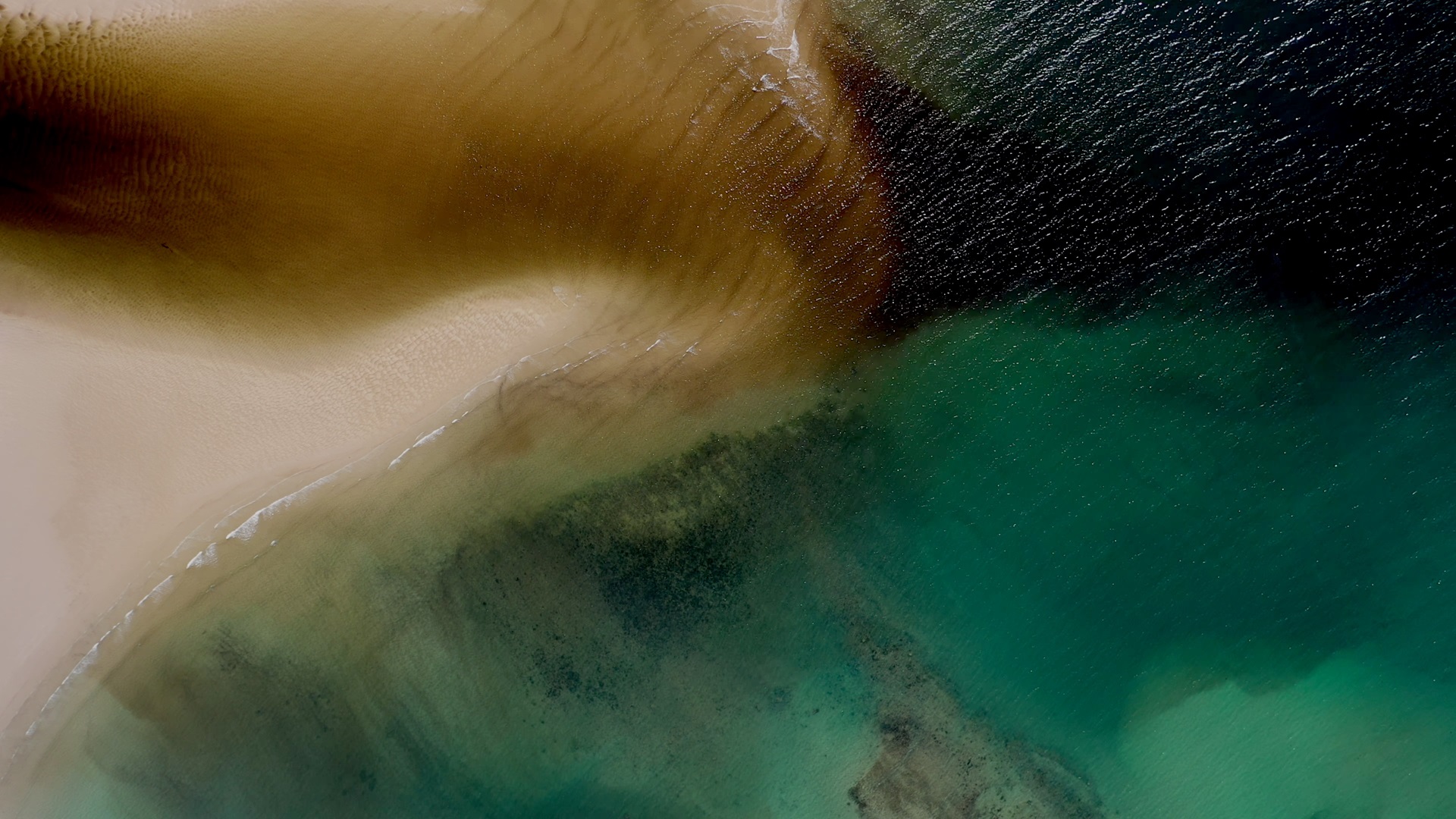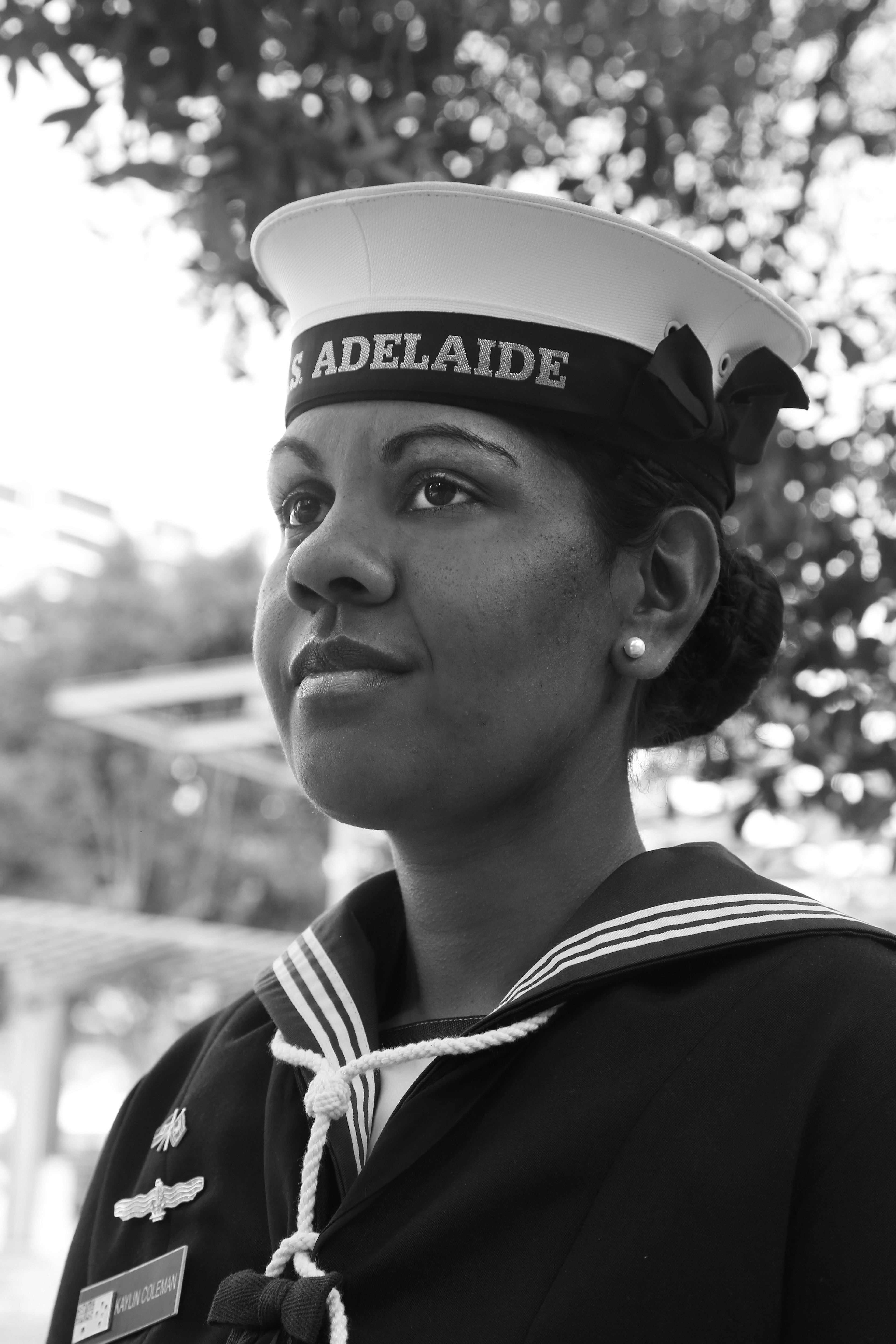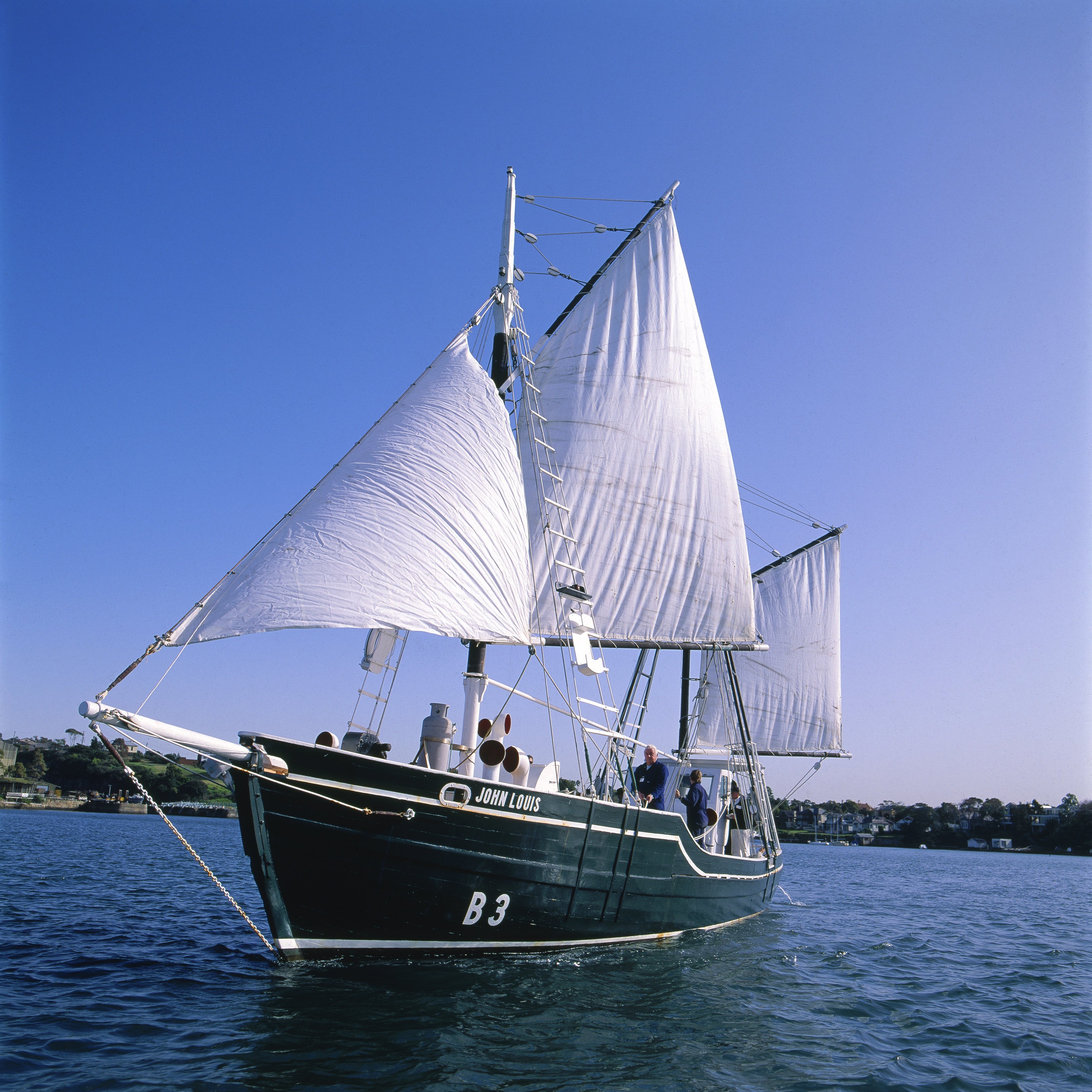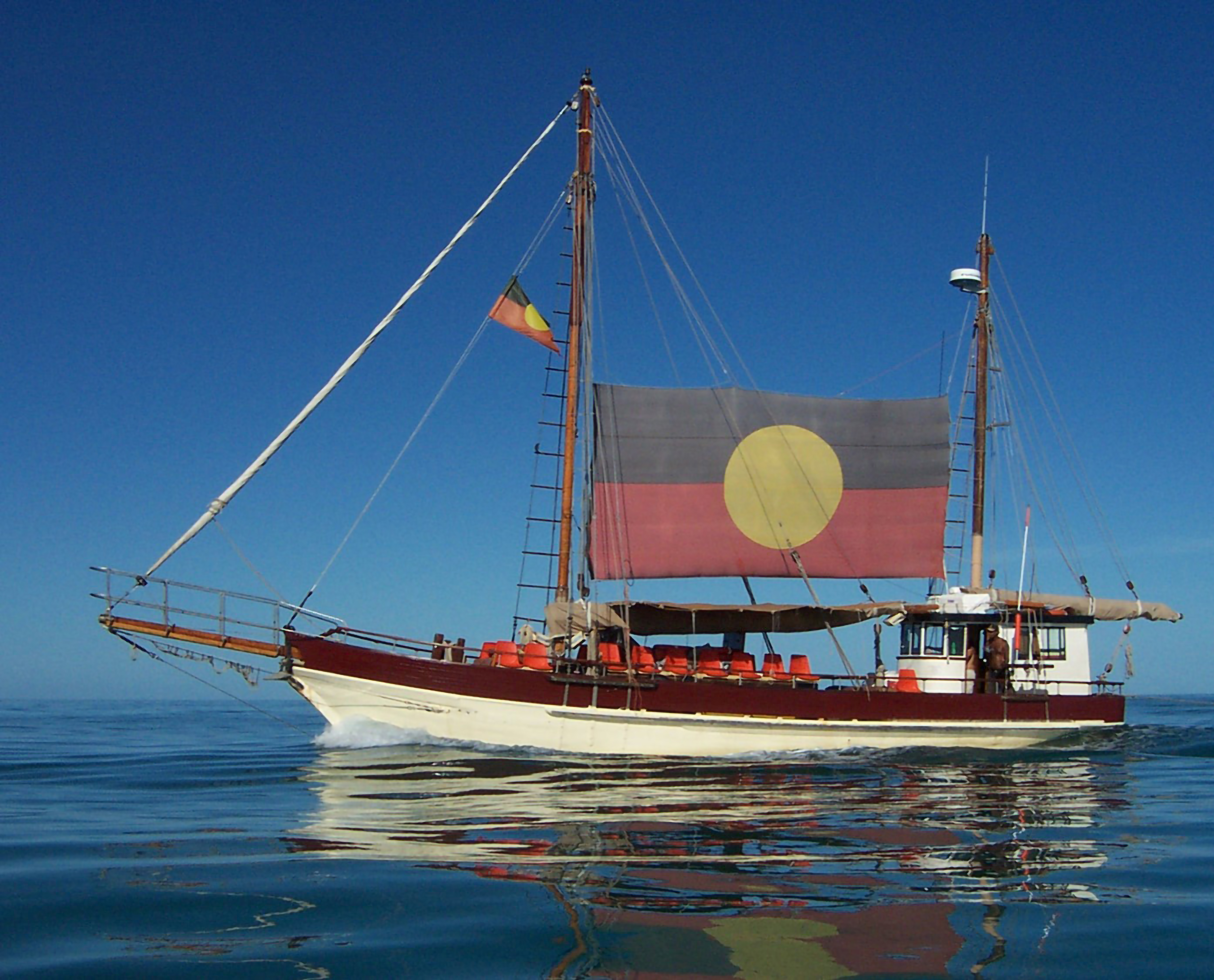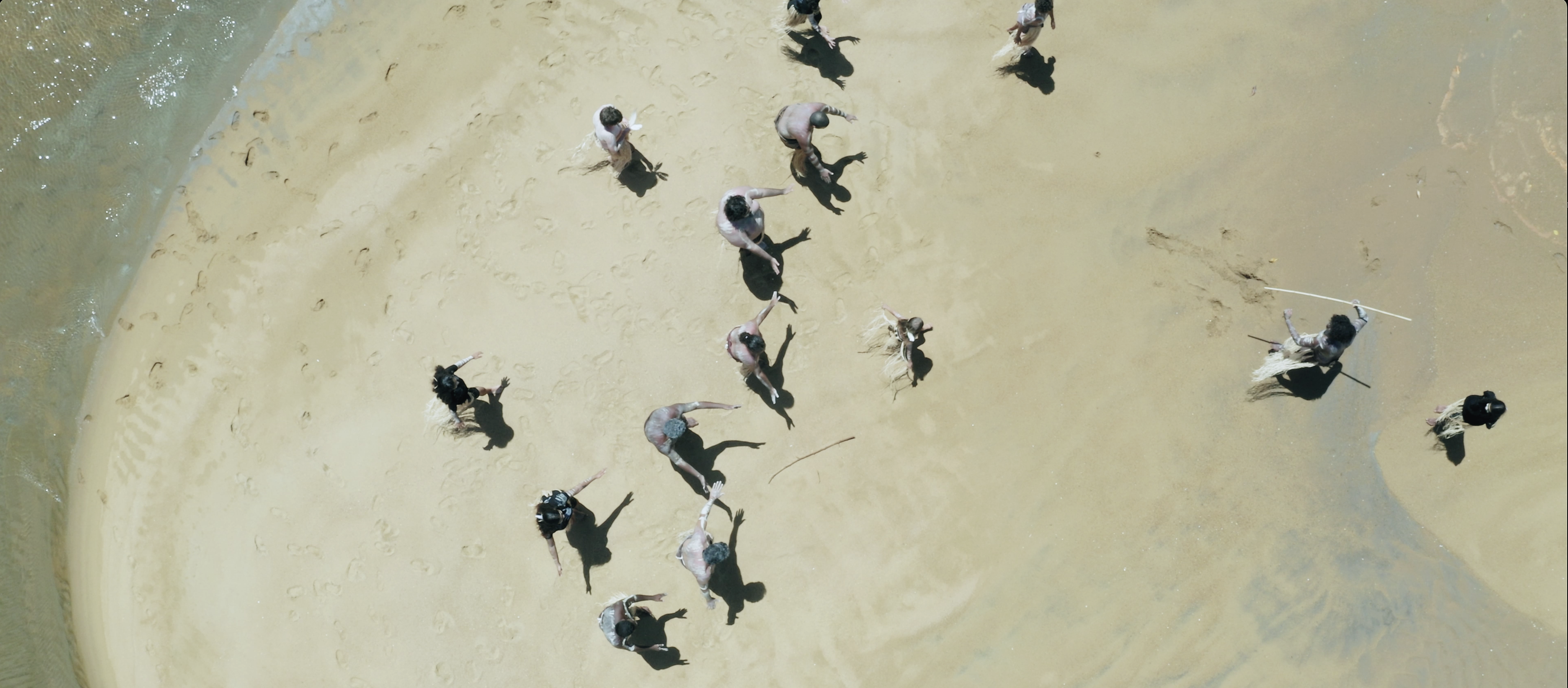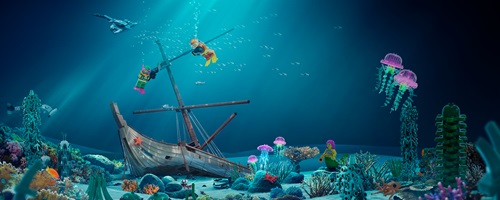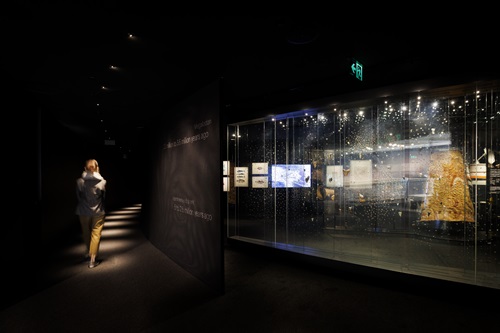Be A Voice For Generations
National Reconciliation Week is a time for all Australians to learn about our shared histories, cultures, and achievements, and to explore how each of us can contribute to achieving reconciliation in Australia.
The theme for National Reconciliation Week 2023 is ‘Be a Voice for Generations’. It aims to encourage all Australians to be a voice for reconciliation in tangible ways in our everyday lives– where we live, work and socialise.
During the 2023 Reconciliation Week the museum has the following exhibitions/vessels which highlight our shared histories.
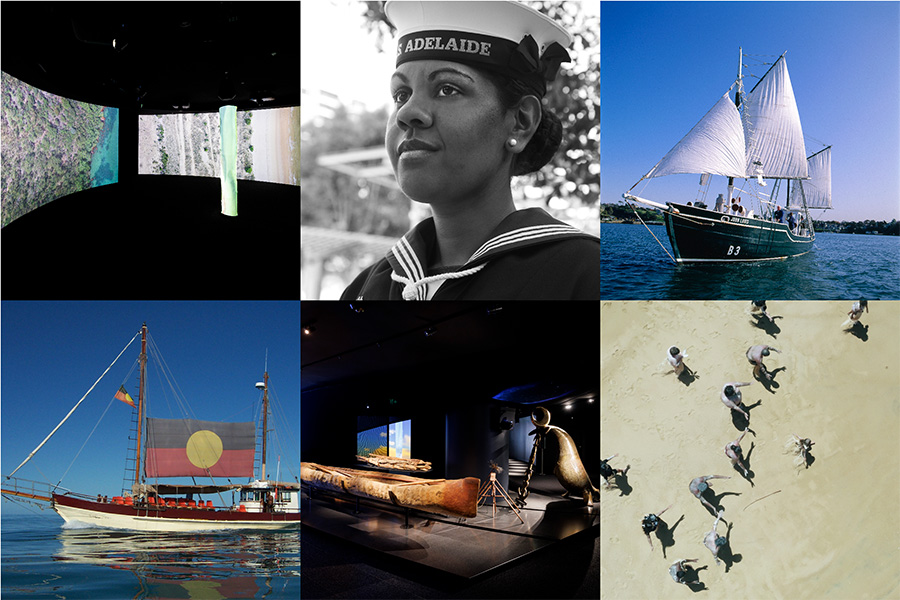
Serving Country
Portraits of Indigenous servicemen and women in the Australian Navy by Belinda Mason
Serving Country is the creative work of Sydney-based human rights social documentarian Belinda Mason and artist Dieter Knierim.
Aboriginal and Torres Strait Islander men and women have made a significant contribution to the defence of the nation through their service with the armed forces, civilian organisations such as the Women's Land Army or worked in war time industries.
Many have served and continue to serve their country with great honour and pride in a range of operations, war, humanitarian, disaster relief, peacekeeping, border protection and emergency defence assistance.
Serving Country shares stories, both inspiring and devastating, of courage and mateship which plays a vital and healing role in Australian First Nations culture.
Shaped by the Sea
Shaped by the Sea juxtaposes different understandings of deep time expressed by First Nations knowledge holders, historians, scientists, contemporary writers and artists.
First Nations' knowledges of time are tens of thousands of years old, like eddies in a stream where the past, present and future flow together and continually cross over. This conception of time stands in contrast to Western traditions, where time is understood to be a river that flows from the past into the present and leads into the future. It has only one direction and is unstoppable.
Within the heart of the exhibition sits Dhaŋaŋ Dhukarr by The Mulka Project. This installation represents a philosophical recentering the museum’s permanent exhibition space. It is a four-channel video cycle with no beginning, middle, or end. The title Dhaŋaŋ Dhukarr comes from the Yolŋu Dhuwaya language and means many pathways or ways to go. At the centre of the work stands a larrakitj, a hollow log painted in gapan, white ceremonial clay. Surrounding the larrakitj are three curved screens creating an immersive walkthrough. Dhaŋaŋ Dhukarr depicts elemental forms - the land, sea, and sky of the Yolŋu world expressed through the song lines of the various Yirritja and Dhuwa clans.
With more than 40 Aboriginal and Torres Strait language regions represented throughout Shaped by the Sea, the exhibition offers a glimpse of remarkable knowledge of country preserved over millennia. Pre-existing protocols, networks, and relationships between First Nations Australian communities has guided the consultation, selection, and placement of an exceptional range of objects, materials, and knowledge.
Garrigarrang Garaguru | Saltwater Cloud
Saltwater Cloud is an online experience which showcases First Nations storytelling related to exhibitions, the museum’s community focused collections research and public programs.
Saltwater Cloud showcases the museum’s engagement projects with more than 17 language regions across Australia represented across the museum’s permanent exhibition spaces.
In this first step on a curated pathway through the Museums 30-year history of engagement with First Nations Australia, we share insights into the many stories, songlines, traditional knowledge and language across our continent. From featured artists to collection items, languages to poetry, highlighting Community creativity and knowledge is central to this digital experience.
John Louis
- on Display Pontoon
Built in Broome for pearling, John Louis is one of the last sail-rigged working craft built in Australia.
In the early 20th century, Australia supplied 75% of the world's pearl shell. Luggers towed their divers over the pearl beds by drifting, often with just the sail on the after mast set.
John Louis collected young pearl shells for the cultured pearl industry which thrived after World War II. Its tank of circulating sea water kept shells alive on the return voyage.
John Louis was built in Broome in 1957 using local Western Australian timbers. It was one of the last traditional pearl shelling luggers built.
The design of the Broome luggers evolved in response to the local environment, with the shallow draft and broad beam needed for the large tidal movements of the region. The crew, mainly Aboriginal, Torres Strait Islander, Malay, or Japanese, slept and lived on the deck. Crew members worked tending the air hoses for the hard hat divers collecting pearl shell below. They cleaned the shell on deck. Pearl shell was a valuable material before the days of plastic.
Tribal Warrior
Tribal Warrior is a wooden pearling lugger built on Thursday Island in 1899. It was built by Japanese shipwright Tsugitaro Furuta and originally named Mina.
It is thought to be the oldest pearling lugger still extant, and one of the earliest craft built by Furuta.
Tribal Warrior’s hull shows an early example of a Japanese built Thursday Island vessel, an important stage in the evolution of pearling luggers as a unique Australian type.
Tribal Warrior has a long historical association with Indigenous communities around Australia. In the past, Indigenous crew members worked on Mina in northern Australian waters.
More recently, the vessel has been operated by the Sydney based Indigenous organisation the Tribal Warrior Association as a charter and training vessel.
